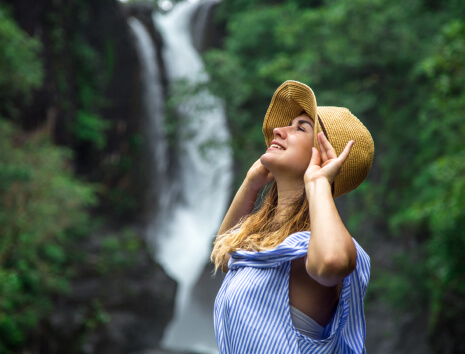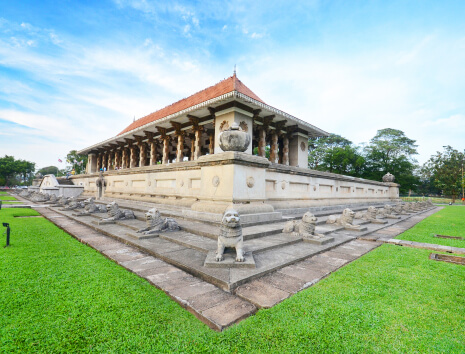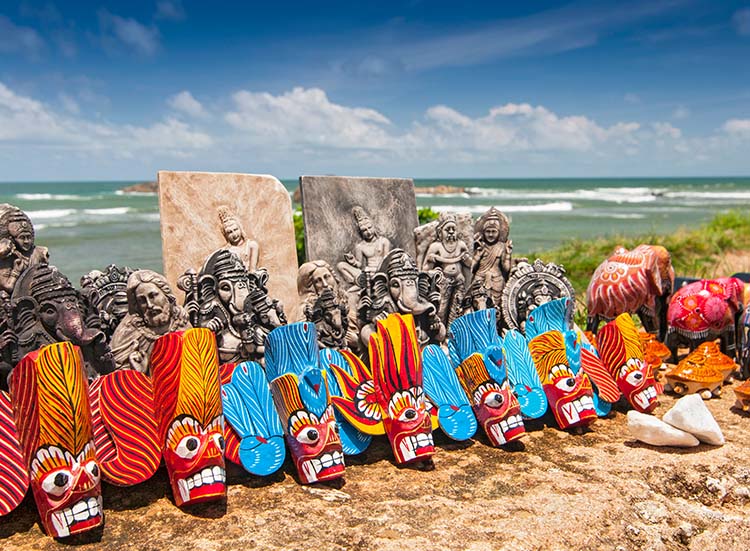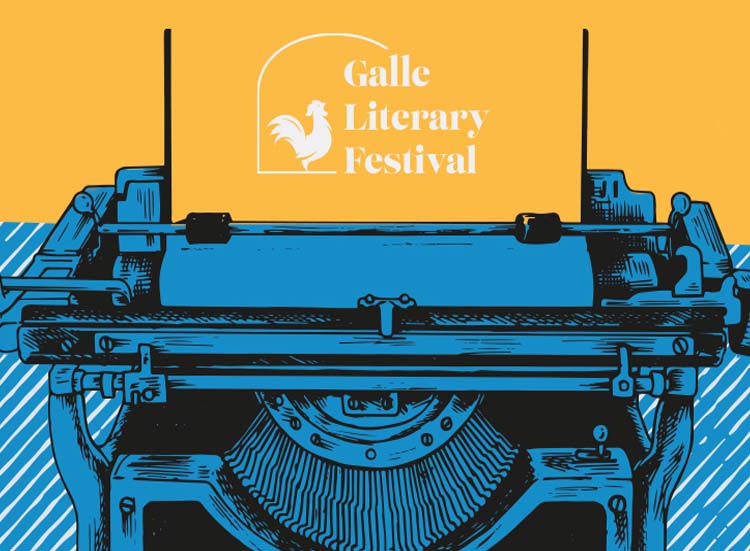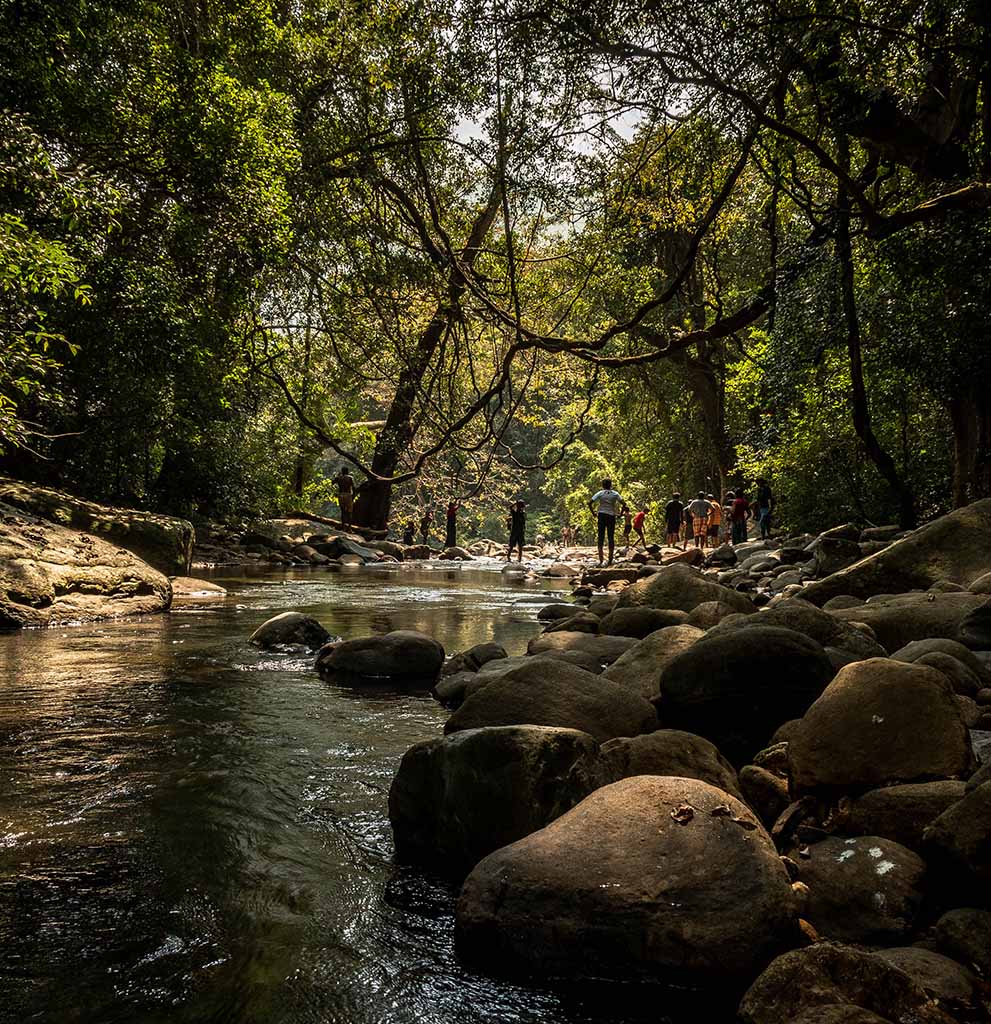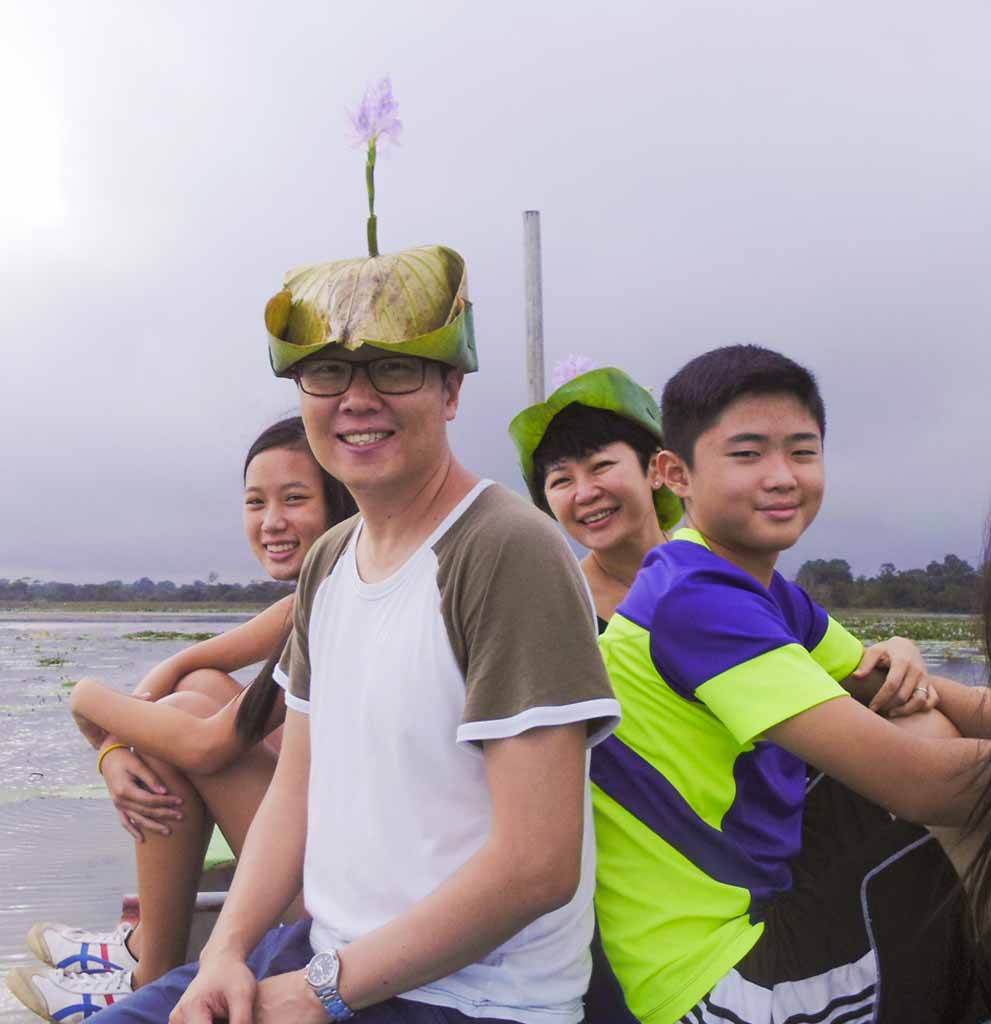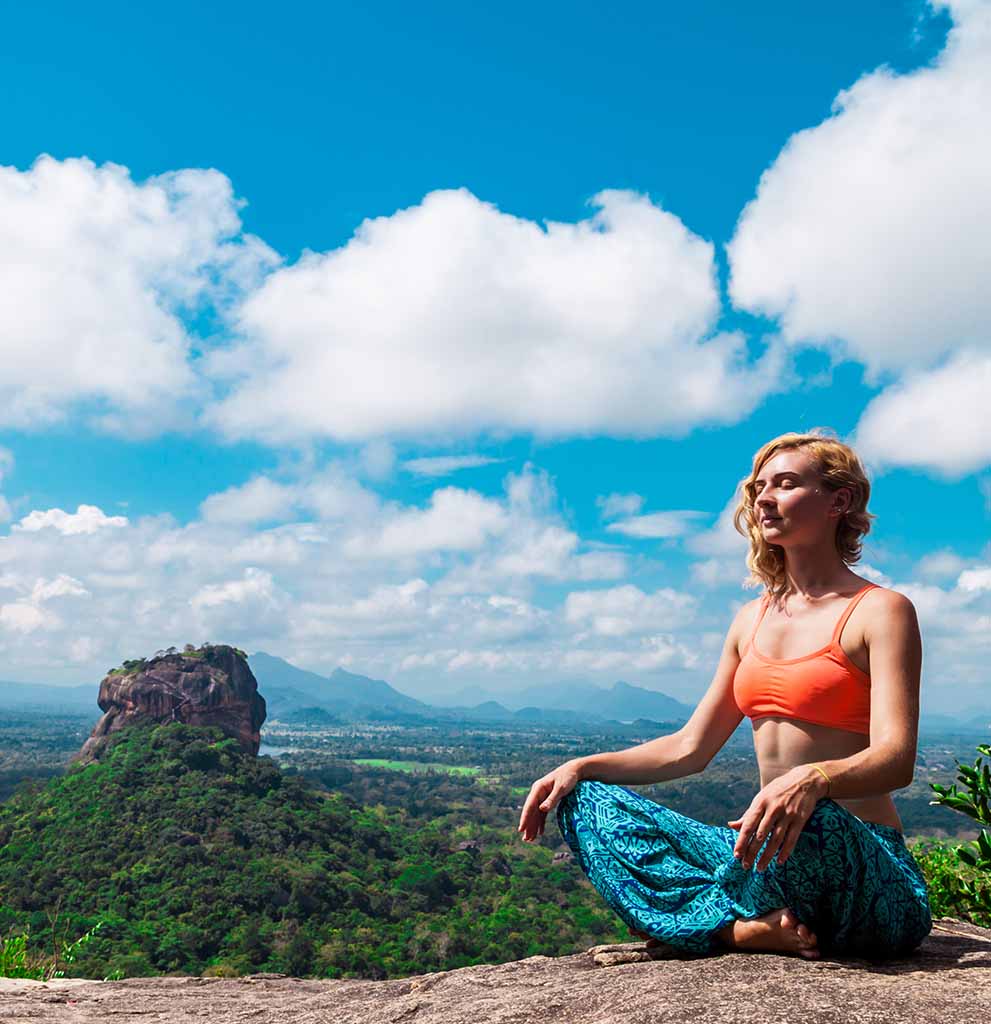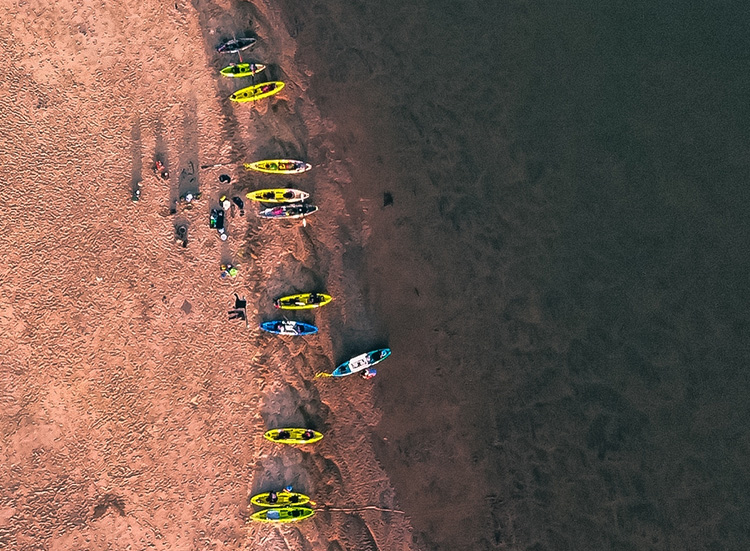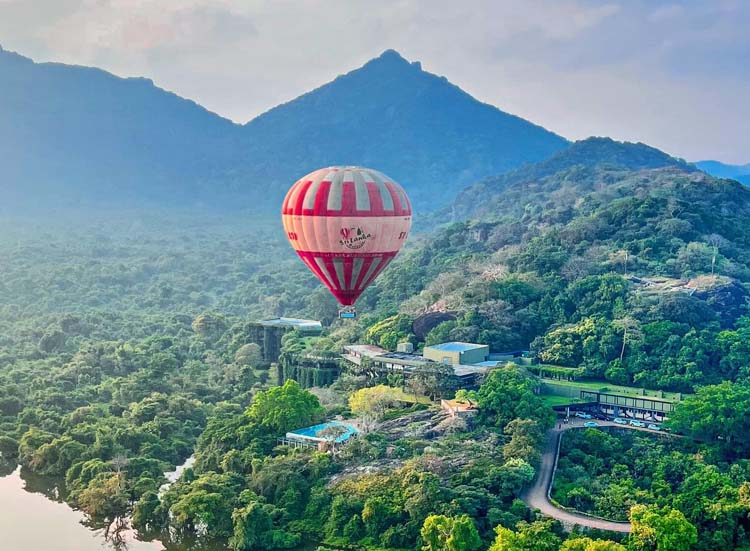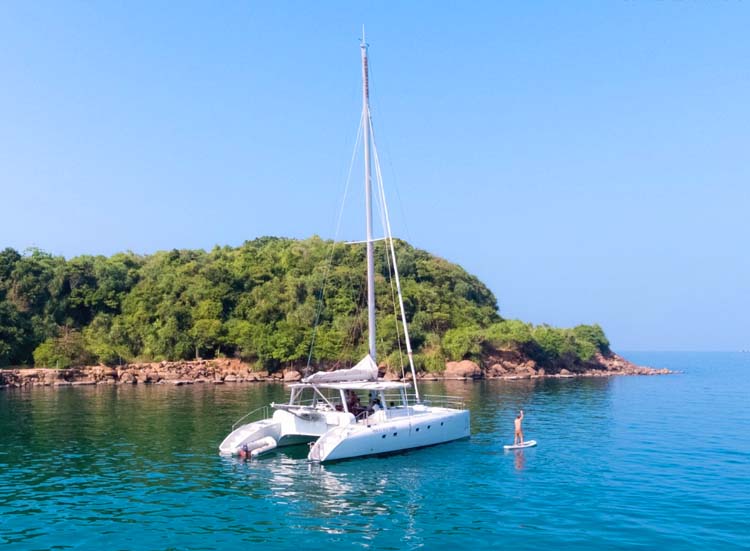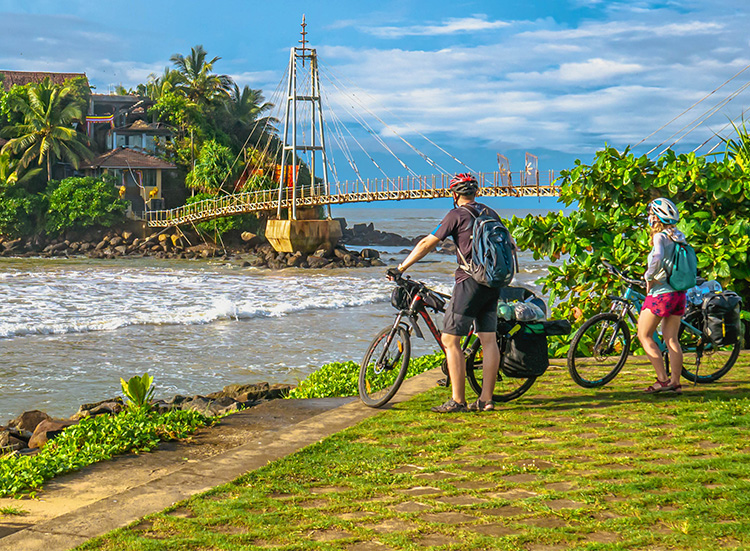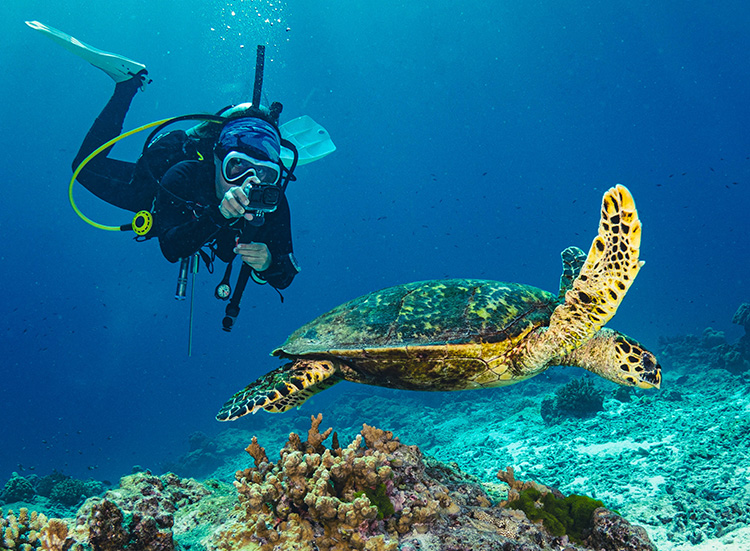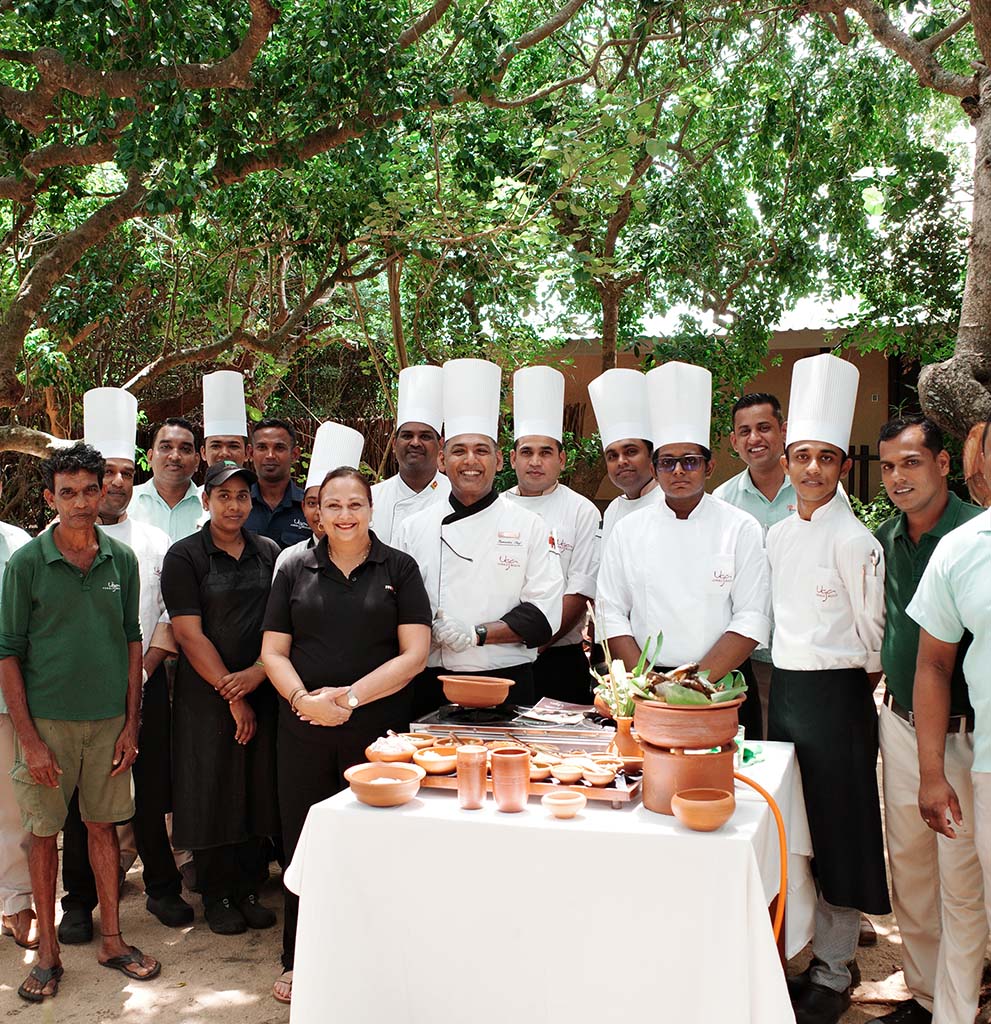Menu
WAY
Wetlands of Flamingos and Crocodiles
Bundala National Park
Great For:
Flamingo migrations, Coastal lagoon, UNESCO biosphere reserve
Bundala National Park, on Sri Lanka’s southern coast, is a UNESCO biosphere reserve famed for its shimmering lagoons and wintering flamingos. Spanning wetlands, dunes and scrub forests, it’s a haven for over 200 bird species. Elephants wander its grasslands, crocodiles lurk along waterways and monkeys leap between trees. The park’s lagoons glisten under sunrise and sunset, painting breathtaking landscapes. Compared to busier Yala, Bundala offers quieter safaris with equally rich rewards. For birdwatchers, photographers and travellers seeking serenity, Bundala is an essential stop on Sri Lanka’s southern safari circuit.
Best Time to Visit: September–March (flamingo migrations)
Average Temperature: 26–32°C
Nearest Town: Hambantota, ~16 km away
Bundala National Park covers about 62 square kilometres along Sri Lanka’s southern coast, blending lagoons, salt pans, scrub jungle and dunes. Its wetlands are internationally recognized under the Ramsar Convention, highlighting their global importance. The park is most celebrated for its birdlife, with more than 200 species recorded, from tiny bee eaters to majestic flamingos, which arrive in spectacular flocks during the migratory season.
Beyond birds, Bundala hosts elephants, marsh crocodiles and estuarine crocodiles, which bask along waterways. Mammals such as jackals, grey langurs and fishing cats also inhabit the park. Its lagoons glimmer at sunrise, attracting both wildlife and photographers eager to capture the interplay of light and movement.
Bundala’s quieter safaris are part of its charm. Unlike the often crowded Yala, here travellers encounter fewer jeeps, allowing more immersive experiences. The park lies conveniently close to Hambantota and Yala, making it easy to combine destinations.
For conservationists, Bundala symbolizes resilience, balancing ecological value with human use, as salt production continues nearby. For travellers, it’s a reminder of nature’s elegance, where flamingos paint the sky pink, crocodiles patrol silent waters and every dune whispers the timeless story of Sri Lanka’s southern wilds.


